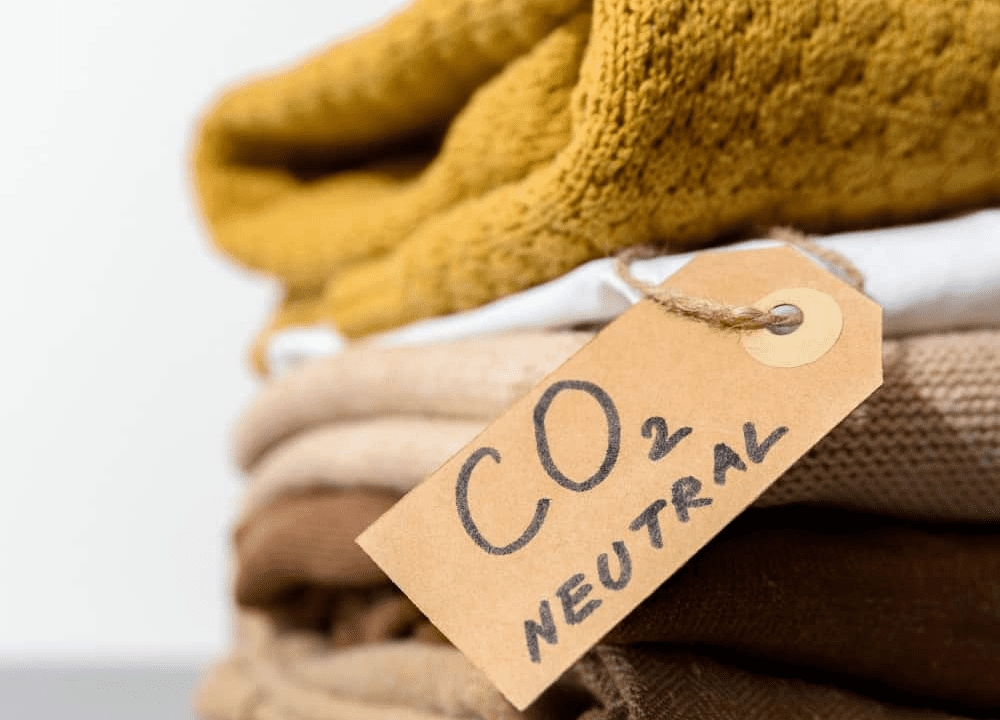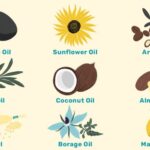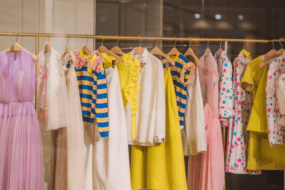

Fashion is a powerful language. It tells the world who we are, what we stand for, and where we’re headed. But in the age of fast fashion, the story it often tells is one of environmental devastation, unethical labor practices, and mountains of discarded clothing. But what if your wardrobe could tell a different story? A story of conscious consumption, environmental stewardship, and personal style that leaves the planet better than you found it?
Welcome to the world of sustainable fashion, where looking good doesn’t come at the cost of our planet. This isn’t about sacrificing style for sustainability; it’s about embracing a new kind of fashion, one that’s as creative and expressive as it is eco-friendly.
Why Sustainable Fashion Matters?
The numbers speak for themselves. The fashion industry is a major polluter, responsible for 20% of global wastewater and 10% of global carbon emissions. It also generates mountains of textile waste, with an estimated 15 million tons of clothing ending up in landfills each year. This isn’t just about ugly piles of discarded clothes; it’s about the toxic chemicals used in production seeping into our soil and waterways, the water usage, the energy consumption, and the lives of garment workers often exploited in unsafe and unfair conditions.
But there’s hope. The rise of sustainable fashion brings with it a wave of innovative brands, conscious consumers, and a renewed appreciation for ethical and eco-friendly clothing.
The Fabric of Change: Eco-Friendly, Organic, and Recycled Materials

So how do we dress green without sacrificing style? It starts with the fabric. Let’s ditch the synthetic, petroleum-based materials like polyester and embrace natural, sustainable alternatives:
- Organic cotton: Grown without harmful pesticides and fertilizers, organic cotton is gentle on the environment and your skin.
- Hemp: This wonder fiber is incredibly strong, and durable, and requires less water and land to grow than conventional cotton.
- Linen: Another environmentally friendly option, linen is naturally breathable and cool, making it perfect for warm weather.
- TENCEL™ Lyocell: Derived from sustainably sourced wood pulp, TENCEL™ Lyocell is a soft, luxurious fabric with a minimal environmental footprint.
- Recycled materials: Give old clothes a new life by choosing clothing made from recycled polyester, nylon, or even plastic bottles!
Beyond the Fabric: Sustainable Practices Make the Difference
It’s not just about the materials; the entire production process matters. Look for brands that:
- Embrace fair trade practices: Ensure ethical treatment and fair wages for garment workers.
- Use eco-friendly dyes and finishes: Reduce water pollution and harmful chemicals.
- Practice transparency: Share their supply chain and production methods openly.
- Prioritize local production: Minimize carbon footprint and support local economies.
Your Sustainable Style Journey: Tips for Eco-Conscious Fashionistas


Now, let’s put theory into practice! Here are some tips for incorporating sustainable fashion into your wardrobe:
- Shop your closet: Rediscover forgotten treasures and reimagine old pieces with new accessories or styling tricks.
- Embrace vintage and secondhand: Give pre-loved clothes a new lease on life and find unique gems with character.
- Support ethical brands: Invest in quality pieces made with sustainable practices and fair trade values.
- Learn to repair and mend: Extend the life of your clothes with basic sewing skills.
- Swap, rent, and borrow: Share clothes with friends or utilize clothing rental services for special occasions.
- Take care of your clothes: Wash them less often and use eco-friendly detergents.
Sustainable Fashion: It’s Not Just a Trend, It’s a Movement
Choosing sustainable fashion isn’t just about looking good; it’s about making a conscious choice for our planet and its people. It’s about using your style as a powerful tool for positive change. So, step into your eco-conscious wardrobe and strut your stuff, knowing that you’re not just looking fabulous, you’re making a difference.
Remember, sustainable fashion is a journey, not a destination. Start small, experiment, and find what works for you. Together, we can rewrite the story fashion tells, one eco-friendly stitch at a time.
Let’s keep the conversation going! Share your favorite sustainable fashion brands, tips, and experiences in the comments below. Together, we can make sustainable fashion the new black! Read More
FREQUENTLY ASKED QUESTIONS:
Q1. Is sustainable fashion more expensive?
Sustainable fashion can cost more than fast fashion initially, but it’s important to consider the long-term value. Higher-quality, ethically-made garments last longer, require less frequent replacement, and often retain their resale value. Over time, you can save money by investing in fewer, better pieces. Additionally, supporting sustainable brands encourages ethical practices and environmental protection, contributing to a positive impact beyond your closet.
Q2. I love vintage and secondhand, but how do I ensure quality and fit?
Vintage and secondhand shopping is a treasure trove for sustainable fashionistas! Here are some tips:
- Inspect for flaws: Check for rips, tears, or stains before buying.
- Know your measurements: Take your key measurements (chest, waist, hips) beforehand to ensure a good fit.
- Try before you buy: If possible, try on the garment, or measure it against a similar piece you already own.
- Get creative with alterations: A skilled tailor can adjust sleeves, hems, or waistlines for a perfect fit.
Q3. Where can I find sustainable fashion inspiration and resources?
There are countless resources to guide your sustainable fashion journey! Here are a few:
- Fashion blogs and websites: Check out Good On You, The Sustainable Fashion Blog, and Eco Warrior Princess for in-depth information, brand reviews, and style inspiration.
- Social media communities: Join Facebook groups or follow Instagram accounts dedicated to sustainable fashion. Connect with other eco-conscious shoppers and share tips and recommendations.
Podcasts and documentaries: Learn more about the industry’s impact and discover sustainable solutions through podcasts like Wardrobe Crisis and documentaries like “The True Cost.”










